Home>Gardening & Outdoor>Landscaping Ideas>How To Digitally Paint Grass
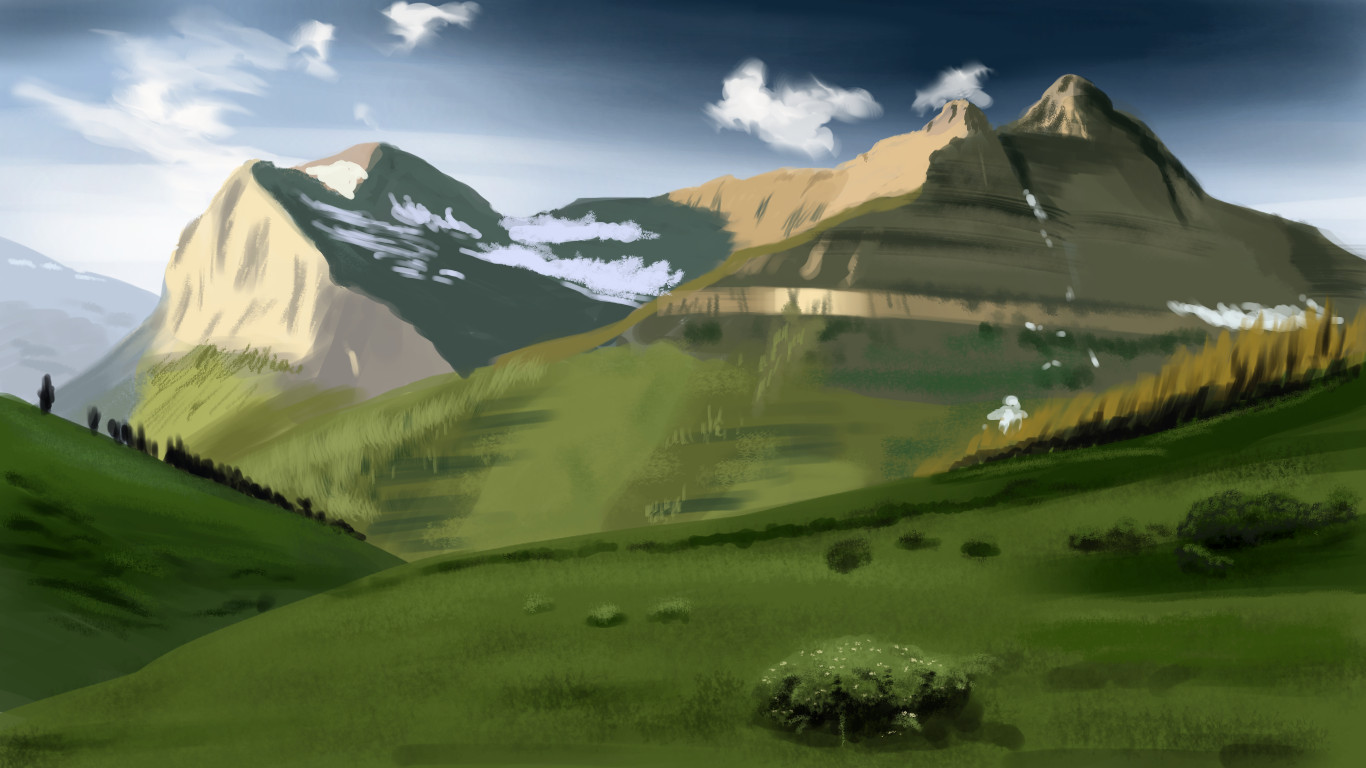

Landscaping Ideas
How To Digitally Paint Grass
Modified: March 25, 2024
Learn how to digitally paint realistic grass in your landscape designs with our expert landscaping ideas. Enhance your digital art skills today!
(Many of the links in this article redirect to a specific reviewed product. Your purchase of these products through affiliate links helps to generate commission for Storables.com, at no extra cost. Learn more)
Introduction
Welcome to the fascinating world of digital painting, where creativity knows no bounds and the canvas is a limitless expanse of possibility. In this guide, we will delve into the art of digitally painting grass, a fundamental element of many breathtaking landscapes. Whether you are an aspiring digital artist or a seasoned pro looking to refine your techniques, this comprehensive walkthrough will equip you with the knowledge and skills needed to bring vibrant, lifelike grass to life on your digital canvas.
The allure of digital painting lies in its versatility and the boundless potential for artistic expression. With the right tools and a solid understanding of the fundamental principles of digital art, you can create captivating landscapes that evoke a sense of wonder and tranquility. Through this guide, you will gain insights into the intricacies of painting grass digitally, from selecting the appropriate software and tools to mastering the techniques that breathe life into your creations.
So, roll up your sleeves, unleash your imagination, and get ready to embark on a journey that will transform the way you perceive and create digital art. Whether you aim to capture the serenity of a sun-dappled meadow or the untamed beauty of a windswept prairie, the techniques and insights shared here will empower you to infuse your digital landscapes with the breathtaking realism of lush, verdant grass.
Join me as we explore the art of digitally painting grass, where every stroke of the virtual brush is an opportunity to weave a tapestry of color, light, and texture that captivates the eye and stirs the soul. Let's dive in and uncover the secrets to creating stunning grassy landscapes that leap off the screen with vibrant, natural beauty.
Key Takeaways:
- Digital painting grass involves understanding the basics, choosing the right tools, setting up the canvas, sketching the grass, adding colors, textures, light, and shadow, and refining the details to create captivating, realistic landscapes.
- The process of digitally painting grass requires attention to detail, creativity, and a deep understanding of light, shadow, and texture to bring the beauty of natural landscapes to life on the digital canvas.
Read more: How To Paint Grass With Oil Paint
Understanding the Basics of Digital Painting
Before delving into the specifics of digitally painting grass, it’s essential to grasp the foundational principles of digital painting. Unlike traditional mediums, such as oil or watercolor, digital painting offers a unique set of tools and techniques that enable artists to unleash their creativity with unprecedented flexibility and precision.
At its core, digital painting involves the use of specialized software and hardware to simulate the experience of traditional painting on a digital canvas. From the realistic replication of brushstrokes to the seamless blending of colors, digital painting empowers artists to explore a vast spectrum of styles and subjects with remarkable fluidity.
One of the key advantages of digital painting is the ability to work non-destructively, meaning that artists can experiment with various effects and adjustments without compromising the original artwork. This flexibility allows for greater exploration and iteration, fostering an environment where creativity can flourish without constraints.
Understanding the principles of color theory, composition, and lighting is crucial for creating compelling digital paintings. Mastery of these fundamentals enables artists to evoke mood, depth, and realism in their artwork, elevating the visual impact of their creations.
Furthermore, familiarizing oneself with the diverse array of brushes, textures, and blending modes available in digital painting software is essential for achieving nuanced and lifelike results. These tools empower artists to emulate the intricate details and organic textures found in nature, making them particularly indispensable when depicting elements such as grass in a landscape.
Whether you are a digital art enthusiast or a traditional artist venturing into the realm of digital painting, developing a solid foundation in the basics of digital painting is the first step toward unlocking the full potential of this captivating medium. With a firm understanding of the core principles and tools at your disposal, you are poised to embark on an enriching journey into the art of digitally painting grass.
Choosing the Right Tools and Software
When venturing into the realm of digital painting, selecting the appropriate tools and software is a pivotal decision that significantly influences the creative process and the quality of the final artwork. The right combination of hardware and software empowers artists to seamlessly translate their vision onto the digital canvas, ensuring a smooth and intuitive workflow.
First and foremost, investing in a graphics tablet is essential for digital painting. A graphics tablet, paired with a stylus, provides a natural and responsive drawing experience, allowing artists to wield their virtual brushes with precision and fluidity. The pressure sensitivity and ergonomic design of a graphics tablet closely mimic the tactile sensation of traditional drawing and painting, enabling artists to unleash their creativity with unparalleled control and finesse.
When it comes to selecting the ideal digital painting software, several industry-leading options cater to the diverse needs and preferences of artists. Adobe Photoshop stands as a versatile and robust choice, offering a comprehensive suite of tools for digital painting, photo editing, and graphic design. Its expansive selection of brushes, customizable workspace, and powerful layer management make it a popular choice among digital artists seeking a multifaceted platform for their creative endeavors.
For those inclined toward a dedicated digital painting experience, software such as Corel Painter provides a rich assortment of natural media brushes and textures, meticulously designed to emulate the look and feel of traditional artistic materials. Corel Painter’s emphasis on replicating the organic nuances of traditional art mediums makes it an appealing option for artists aiming to infuse their digital artwork with an authentic, handcrafted aesthetic.
Additionally, newcomers to the digital art landscape may find user-friendly software like Procreate to be an accessible yet powerful platform for digital painting on tablets. With its intuitive interface, diverse brush library, and seamless integration with Apple Pencil and iPad devices, Procreate offers a compelling entry point for artists seeking a portable and versatile digital painting solution.
Ultimately, the choice of tools and software hinges on the artist’s specific preferences, workflow, and artistic objectives. By carefully considering the capabilities and features of different hardware and software options, artists can tailor their digital painting setup to align with their unique creative vision and technical requirements, laying a solid foundation for bringing vibrant, lifelike grass to life on the digital canvas.
Setting Up Your Canvas
Before diving into the intricate process of digitally painting grass, it’s crucial to establish the foundational framework for your artwork by setting up the canvas. The canvas serves as the virtual space where your artistic vision takes shape, providing the backdrop upon which every stroke of the digital brush converges to form a captivating landscape.
When configuring your canvas, consider the dimensions and resolution that best suit your intended artistic output. Whether you aspire to create a sweeping, panoramic vista or a finely detailed close-up of a grassy meadow, determining the appropriate dimensions ensures that your artwork is poised to shine in its intended format, be it a digital illustration, print, or web display.
Resolution plays a pivotal role in defining the clarity and detail of your digital painting. Opting for a higher resolution allows for greater precision and fidelity, enabling you to capture intricate textures and nuances with remarkable clarity. This proves especially beneficial when depicting the delicate blades of grass and the interplay of light and shadow across the landscape.
As you prepare your canvas, consider the composition of your envisioned scene. The placement of the horizon, the arrangement of focal points, and the overall balance of elements contribute to the visual impact and narrative of your artwork. By sketching out a rough composition or establishing a grid to guide your placement of key features, you lay the groundwork for a compelling and harmonious composition.
Furthermore, the choice of background color or initial underpainting can influence the overall mood and atmosphere of your artwork. Whether you opt for a serene, sunlit backdrop or a dramatic, overcast sky, the background sets the stage for the verdant grass to take center stage, infusing your artwork with depth and visual intrigue.
Finally, familiarize yourself with the layer management capabilities of your chosen digital painting software. Leveraging layers empowers you to work non-destructively, allowing for seamless adjustments, experimentation, and fine-tuning throughout the creative process. By organizing your artwork into distinct layers, such as a base sketch layer, color layers, and detail layers, you gain the flexibility to refine and enhance specific elements with precision and ease.
With the canvas meticulously prepared, you are poised to embark on a captivating journey into the art of digitally painting grass, where every brushstroke breathes life into the lush, vibrant landscape taking shape before your eyes.
Sketching Out the Grass
As you commence the exhilarating process of digitally painting grass, the initial step involves sketching out the foundational elements that will form the basis of your verdant landscape. The sketching phase serves as a roadmap, guiding the placement and composition of the grassy terrain while laying the groundwork for the intricate details and textures that will imbue your artwork with depth and realism.
Before delving into the specifics of grass, consider the broader context of your landscape. Whether you envision a tranquil meadow, a windswept prairie, or a sun-kissed hillside, the surrounding elements and terrain influence the arrangement and character of the grass. By sketching out the contours of the land, the placement of trees or foliage, and any additional features, you establish a cohesive framework that harmonizes with the grassy expanse.
When sketching the grass itself, focus on capturing the organic flow and rhythm of the terrain. Utilize loose, gestural strokes to outline the undulating forms of the grassy tufts, allowing for a natural and dynamic portrayal of the landscape. Consider the interplay of light and shadow as you delineate the clusters of grass, envisioning how sunlight caresses the blades and imbues the scene with a sense of vitality.
Embrace the opportunity to infuse character and variety into your grassy terrain. Vary the height, density, and direction of the grass, introducing visual interest and a sense of natural diversity. By incorporating subtle irregularities and asymmetry, you evoke the untamed beauty of nature, infusing your artwork with an authentic and captivating allure.
Furthermore, pay attention to the perspective and depth of the grassy landscape. Conveying a convincing sense of depth and spatial dimension elevates the realism of your artwork, immersing the viewer in a rich, immersive environment. Experiment with the convergence of lines and the recession of grassy clusters to convey the expansive breadth of the terrain.
As you refine the sketch, consider the focal points and areas of visual interest within the grassy expanse. Whether it’s a cluster of vibrant wildflowers, a winding pathway, or a gentle stream, strategically position these focal elements to captivate the viewer’s gaze and enrich the narrative of your artwork.
With the grass sketched out, you have laid the groundwork for infusing your digital landscape with the breathtaking beauty and vitality of lush, verdant grass. The next phase beckons, inviting you to breathe life into the sketch through the vibrant interplay of colors and textures that define the essence of the grassy terrain.
When digitally painting grass, use varying shades of green to create depth and texture. Add details like individual blades and clusters to make it look more realistic.
Read more: How To Paint Grass In Oil
Blocking in Base Colors
With the foundational sketch of the grassy landscape in place, the next phase of digitally painting grass entails blocking in the base colors that will underpin the lush, verdant terrain. This pivotal stage sets the stage for the interplay of hues and tones that will infuse your artwork with vibrancy and depth, capturing the essence of a sun-dappled meadow or a windswept expanse of grass.
When selecting the base colors for the grass, consider the overarching mood and atmosphere of your envisioned landscape. Whether you aim to evoke the warm, golden glow of a sunlit field or the cool, tranquil hues of a shaded meadow, the choice of base colors sets the tonal foundation for your digital painting.
Embrace the opportunity to introduce subtle variations and tonal shifts within the base colors. Nature’s palette is rich and diverse, encompassing an array of greens, yellows, and earthy tones that converge to form a visually captivating tapestry. By infusing your base colors with nuanced variations, you emulate the organic diversity and vitality inherent in natural grassy landscapes.
Consider the interplay of light and shadow as you block in the base colors. Visualize how sunlight cascades across the terrain, casting warm, luminous highlights and delicate, cool shadows that impart a sense of dimension and realism to the grass. By strategically integrating these tonal nuances, you breathe life into the grassy expanse, imbuing it with a compelling sense of depth and vitality.
As you block in the base colors, pay attention to the directional strokes and brushwork that emulate the organic texture and flow of the grass. Utilize deliberate, gestural brushstrokes to convey the rhythmic undulation of the terrain, infusing your artwork with a sense of movement and dynamism that mirrors the gentle sway of natural grass in the breeze.
Furthermore, consider the broader context of the landscape as you block in the base colors. Harmonize the tonal range and color palette of the grass with the surrounding elements, ensuring a cohesive and visually engaging composition that captures the interconnected beauty of the natural world.
With the base colors expertly blocked in, you have laid the groundwork for the subsequent stages of digitally painting grass, where texture, detail, and light will converge to elevate your artwork to new heights of visual splendor. The vibrant, verdant landscape is poised to come to life, beckoning you to infuse it with the intricate nuances and captivating realism that define the art of digital painting.
Adding Texture and Detail
As your grassy landscape takes shape, the stage is set to infuse it with the intricate textures and nuanced details that breathe life and authenticity into your digital painting. Adding texture and detail to the grass elevates the artwork, capturing the organic richness and visual depth that define the captivating allure of natural landscapes.
Begin by considering the varied textures present within a grassy terrain. From the delicate, feathery blades of grass to the earthy, tactile quality of the ground, nature’s tapestry is replete with a diverse range of textures that converge to form a visually captivating mosaic. Emulate these textures by leveraging a diverse array of brushes and techniques within your digital painting software, allowing you to authentically replicate the intricate nuances of grass and soil.
As you infuse texture into the grass, pay heed to the interplay of light and shadow. By strategically varying the intensity and direction of brushstrokes, you can evoke the luminous highlights and subtle recesses that define the three-dimensional form of the grass. This deliberate manipulation of texture and light imbues your artwork with a compelling sense of depth and realism, inviting the viewer to immerse themselves in the lush, vibrant landscape.
Embrace the opportunity to introduce subtle imperfections and irregularities within the grass. Nature’s beauty lies in its organic asymmetry and nuanced variability, and by infusing your artwork with these subtle nuances, you capture the untamed allure of a natural grassy terrain. Vary the length, density, and direction of the grass, infusing your artwork with a sense of dynamic movement and visual intrigue.
Consider the broader context of the landscape as you add texture and detail to the grass. Harmonize the textures and tonal variations of the grass with the surrounding elements, ensuring a cohesive and visually engaging composition that captures the interconnected beauty of the natural world. Whether it’s the gentle undulation of a distant hillside or the delicate interplay of light and shadow across the terrain, infusing these details into your artwork enriches the narrative and visual impact of the scene.
With texture and detail expertly woven into the fabric of your grassy landscape, you have breathed life into the artwork, elevating it to new heights of visual splendor and authenticity. The next phase beckons, inviting you to infuse the scene with the captivating interplay of light and shadow that will imbue your digital painting with a sense of luminous, natural beauty.
Adding Light and Shadow
As your grassy landscape unfolds, the masterful interplay of light and shadow emerges as a defining element that infuses your digital painting with depth, mood, and captivating realism. Adding light and shadow to the grass elevates the artwork, imbuing it with a luminous, natural beauty that evokes a sense of tranquility and visual splendor.
Begin by envisioning the source of light within your landscape. Whether it’s the warm, golden glow of the sun, the soft, diffused light of a cloudy day, or the ethereal luminescence of a moonlit night, the direction and quality of light profoundly influence the visual character of the grassy terrain. Visualize how light cascades across the landscape, illuminating the grass and casting delicate, evocative shadows that define the form and texture of the terrain.
As you integrate light into your artwork, consider the tonal variations and color shifts that manifest within the grass. Embrace the opportunity to infuse the grass with vibrant, luminous highlights that evoke the vitality and radiance of natural sunlight. By strategically accentuating certain areas with warm, luminous tones, you imbue the grass with a sense of dynamic energy and visual allure.
Conversely, the introduction of shadow introduces a sense of depth and dimension to the grassy landscape. Deliberately delineate the areas of shadow, considering how they interact with the undulating forms of the grass. By integrating cool, subtle shadow tones, you evoke the tranquil, immersive atmosphere of a natural setting, infusing your artwork with a captivating sense of depth and realism.
Consider the interplay of light and shadow as it converges across the terrain. Emulate the delicate dance of light and shadow as it caresses the grass, infusing the landscape with a sense of movement and vitality. By strategically manipulating the distribution of light and shadow, you evoke a compelling sense of spatial dimension, inviting the viewer to immerse themselves in the rich, immersive environment of your digital painting.
Furthermore, pay attention to the broader context of the landscape as you integrate light and shadow. Harmonize the tonal variations and atmospheric effects with the surrounding elements, ensuring a cohesive and visually engaging composition that captures the interconnected beauty of the natural world.
With light and shadow expertly infused into the fabric of your grassy landscape, you have elevated your digital painting to new heights of visual splendor and authenticity. The final phase awaits, beckoning you to refine and perfect your artwork through the addition of final touches and refinements that will bring your grassy landscape to life in all its breathtaking, natural beauty.
Final Touches and Refinements
As your grassy landscape nears completion, the stage is set for the final touches and refinements that will elevate your digital painting to a pinnacle of captivating realism and visual allure. This phase is where meticulous attention to detail, nuanced adjustments, and artistic finesse converge to breathe life into your artwork, infusing it with a sense of vibrant, natural beauty that captivates the eye and stirs the soul.
Begin by scrutinizing the finer details of the grassy terrain. Embrace the opportunity to refine the textures, tonal variations, and intricate nuances within the grass, ensuring that each blade and tuft exudes a lifelike vitality and organic richness. By delicately adjusting the brushwork and tonal values, you imbue the grass with a sense of dynamic movement and visual intrigue, capturing the untamed allure of a natural landscape.
Consider the atmospheric effects that envelop the grassy expanse. Whether it’s the gentle diffusion of light through a canopy of leaves or the ethereal interplay of mist and shadow, infusing these atmospheric nuances into your artwork imbues the scene with a captivating sense of depth and mood. By delicately manipulating the tonal values and softening edges, you evoke a tranquil, immersive atmosphere that envelops the viewer in a rich, evocative environment.
Embrace the opportunity to introduce focal points and areas of visual interest within the grassy landscape. Whether it’s a cluster of vibrant wildflowers, a meandering stream, or a captivating wildlife, strategically positioning these focal elements enriches the narrative and visual impact of your artwork, inviting the viewer to embark on a visual journey through the captivating beauty of the natural world.
As you apply the final touches and refinements, consider the broader context of the landscape. Harmonize the tonal variations, textures, and atmospheric effects with the surrounding elements, ensuring a cohesive and visually engaging composition that captures the interconnected beauty of the natural world. Whether it’s the distant silhouette of rolling hills or the serene expanse of a tranquil sky, infusing these final details into your artwork enriches the narrative and visual impact of the scene.
With the final touches and refinements meticulously applied, you have brought your grassy landscape to life in all its breathtaking, natural beauty. The journey from the initial sketch to the vibrant, immersive artwork has culminated in a masterpiece that captures the essence of the natural world, inviting the viewer to immerse themselves in its captivating allure and timeless tranquility.
Read more: How To Paint Long Grass
Conclusion
Congratulations on embarking on a captivating journey into the art of digitally painting grass. Throughout this comprehensive guide, we have delved into the intricacies of translating the lush, verdant beauty of natural landscapes onto the digital canvas, equipping you with the knowledge and techniques needed to bring your artistic vision to life with breathtaking realism and visual allure.
From understanding the foundational principles of digital painting to selecting the right tools and software, you have gained insights into the essential elements that underpin the art of digitally painting grass. The meticulous process of setting up the canvas, sketching out the grass, and blocking in base colors has laid the groundwork for infusing your artwork with the vibrant, lifelike essence of natural grassy terrains.
As we ventured into the realms of texture, light, and shadow, you honed your skills in infusing your digital painting with depth, mood, and captivating realism, capturing the untamed allure of natural landscapes. The final touches and refinements have elevated your artwork to new heights of visual splendor, infusing it with a sense of vibrant, natural beauty that captivates the eye and stirs the soul.
As you continue to explore the boundless possibilities of digital painting, I encourage you to embrace your creativity, experiment with new techniques, and allow your artistic intuition to guide you. Whether you aspire to create serene, sun-dappled meadows, windswept prairies, or untamed wilderness, the art of digitally painting grass offers a canvas for boundless creativity and expression.
Remember, every brushstroke is an opportunity to weave a tapestry of color, light, and texture that captivates the eye and stirs the soul. Embrace the journey, immerse yourself in the creative process, and allow the breathtaking beauty of natural landscapes to inspire and guide your artistic endeavors.
With the knowledge and skills acquired through this guide, you are poised to embark on a captivating artistic odyssey, infusing your digital landscapes with the timeless tranquility and captivating allure of lush, verdant grass. As you continue to hone your craft, may your artwork resonate with the vibrant, natural beauty of the world around us, inviting viewers to immerse themselves in the captivating allure of your digital masterpieces.
Frequently Asked Questions about How To Digitally Paint Grass
Was this page helpful?
At Storables.com, we guarantee accurate and reliable information. Our content, validated by Expert Board Contributors, is crafted following stringent Editorial Policies. We're committed to providing you with well-researched, expert-backed insights for all your informational needs.
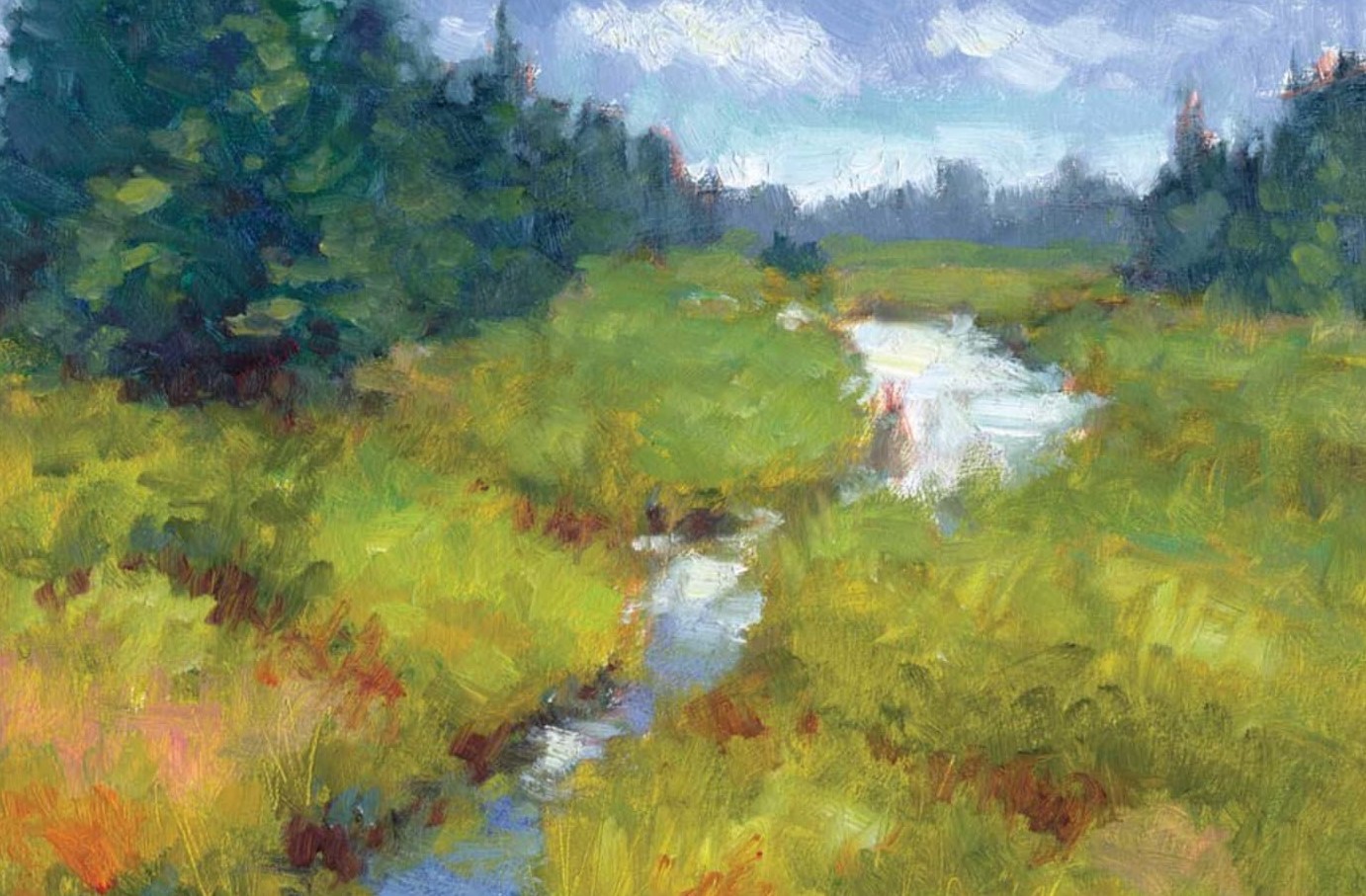
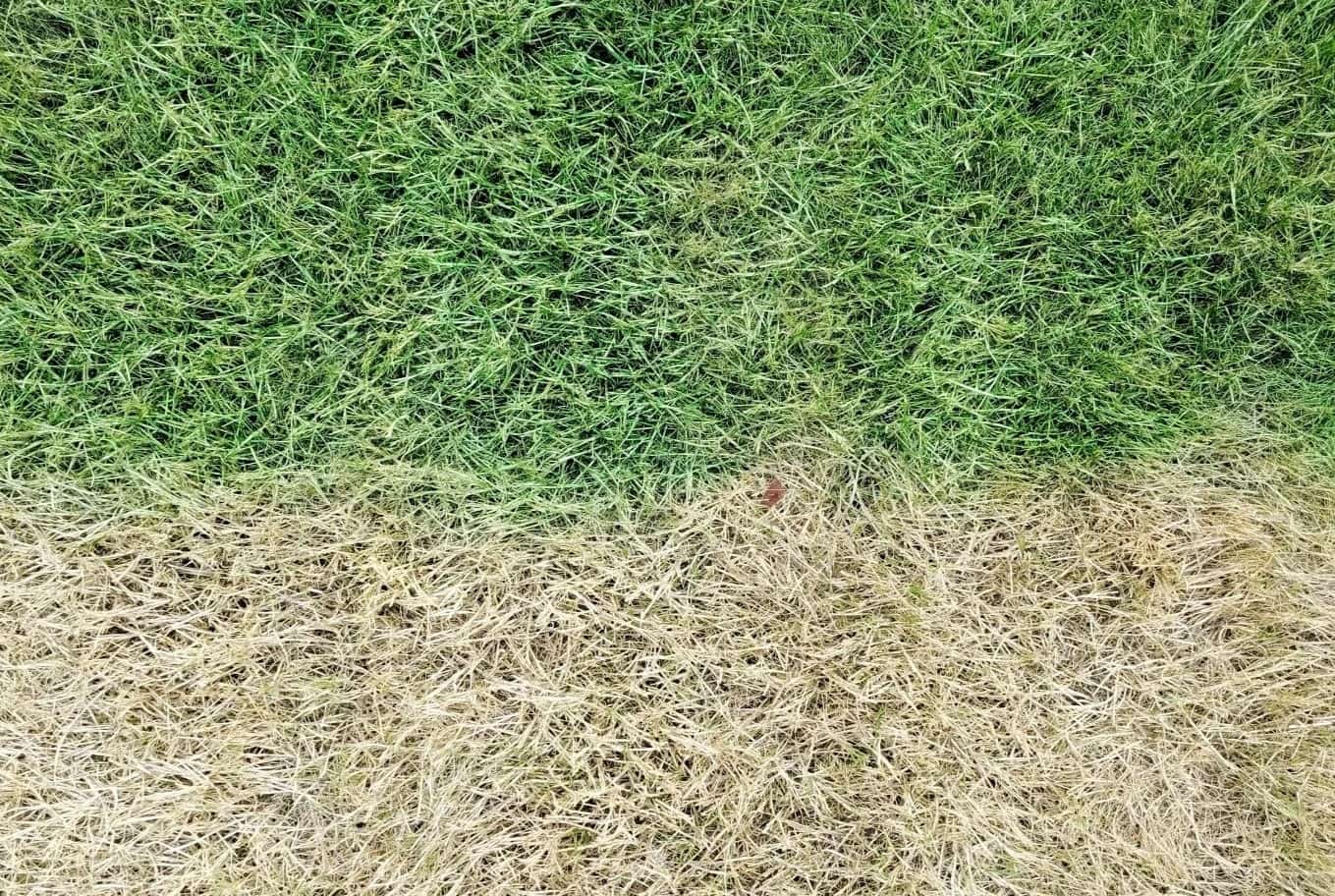
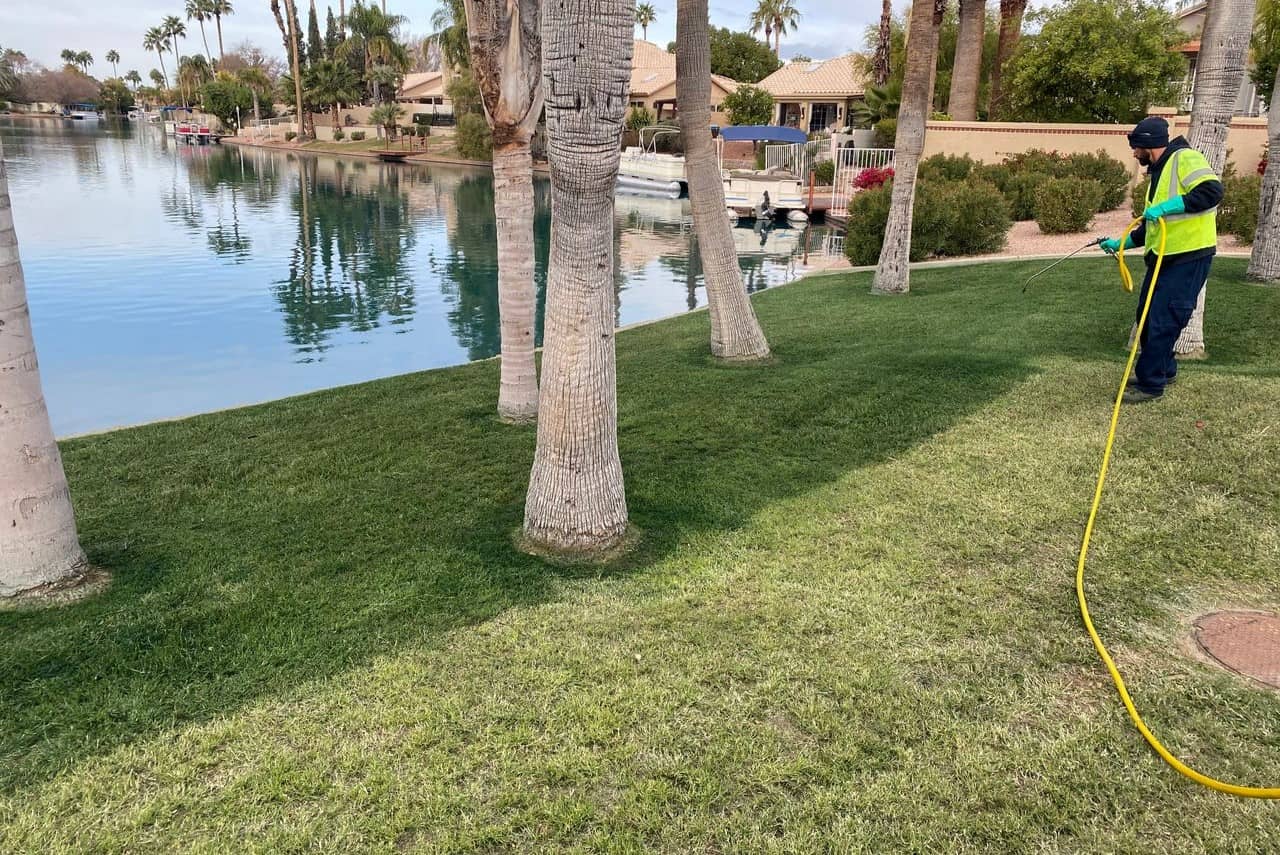
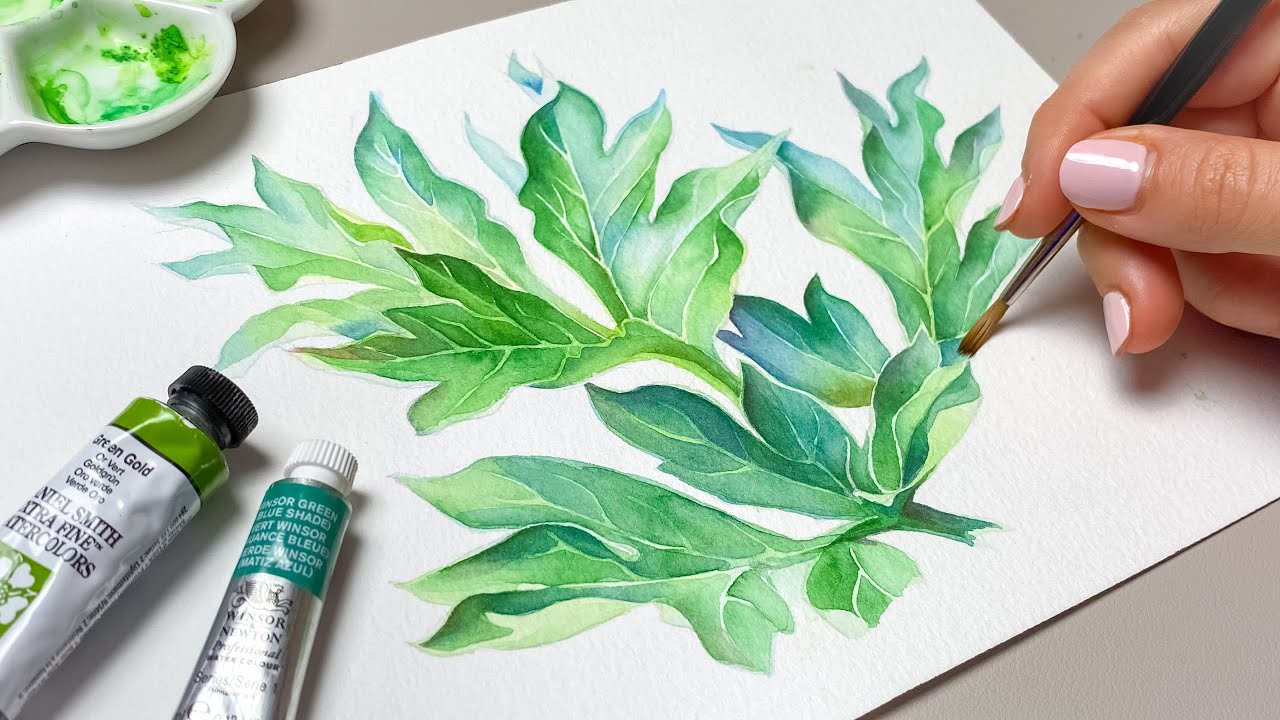
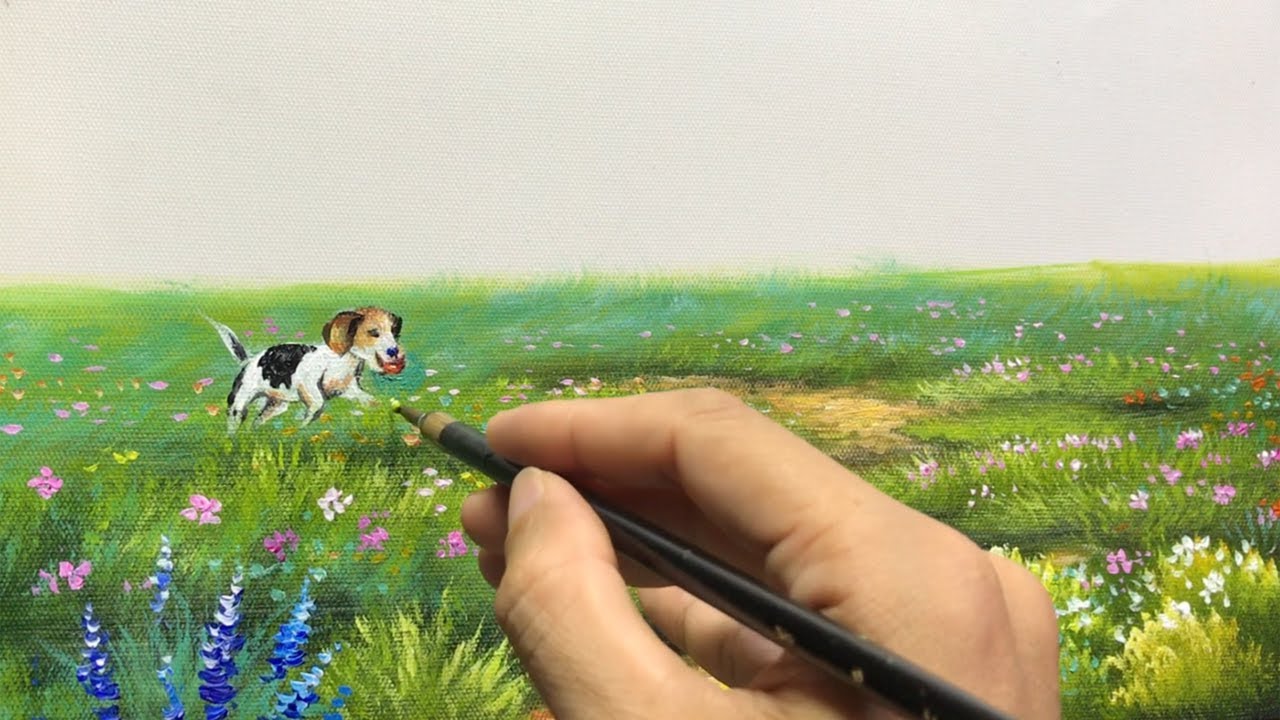
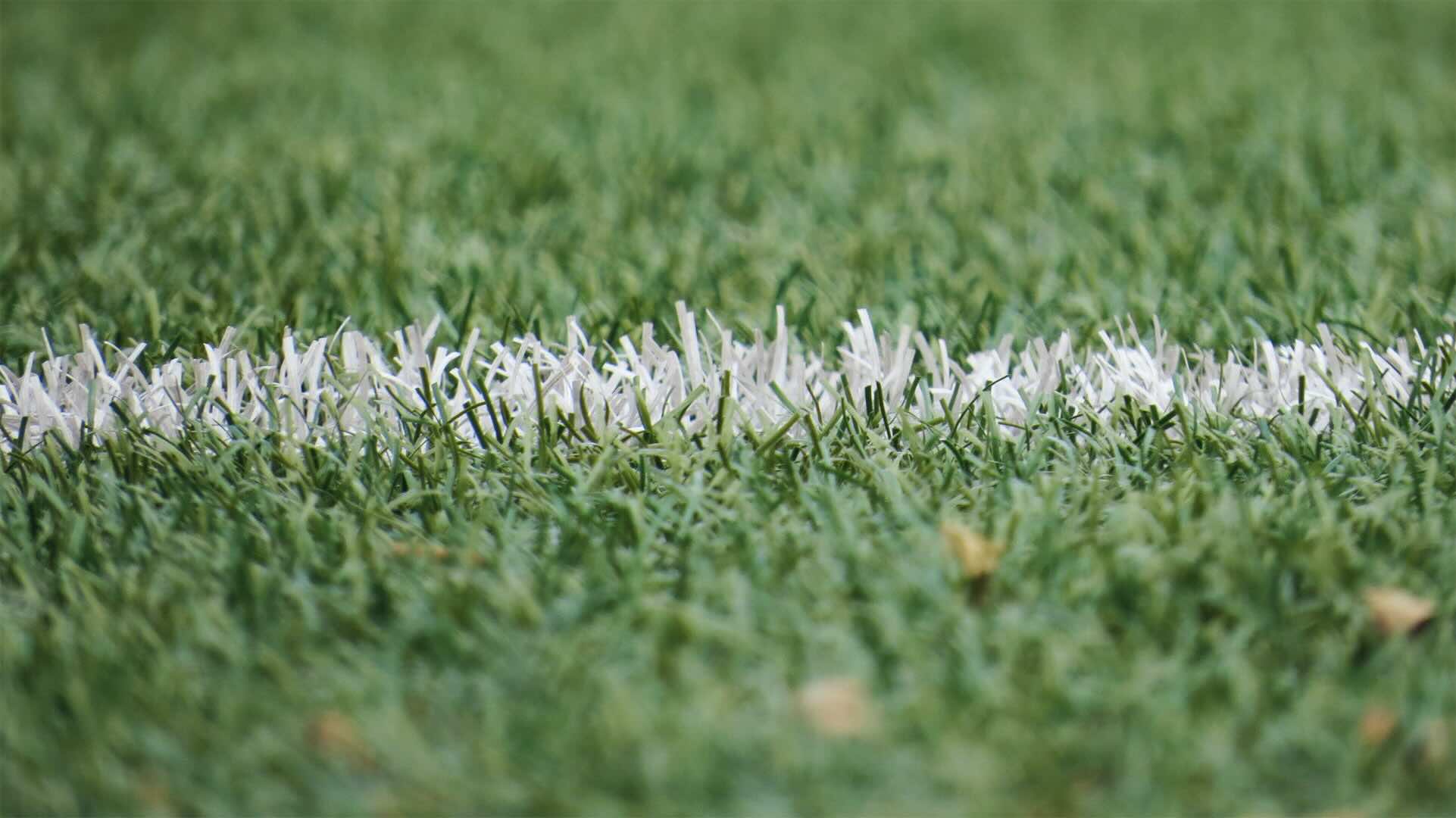
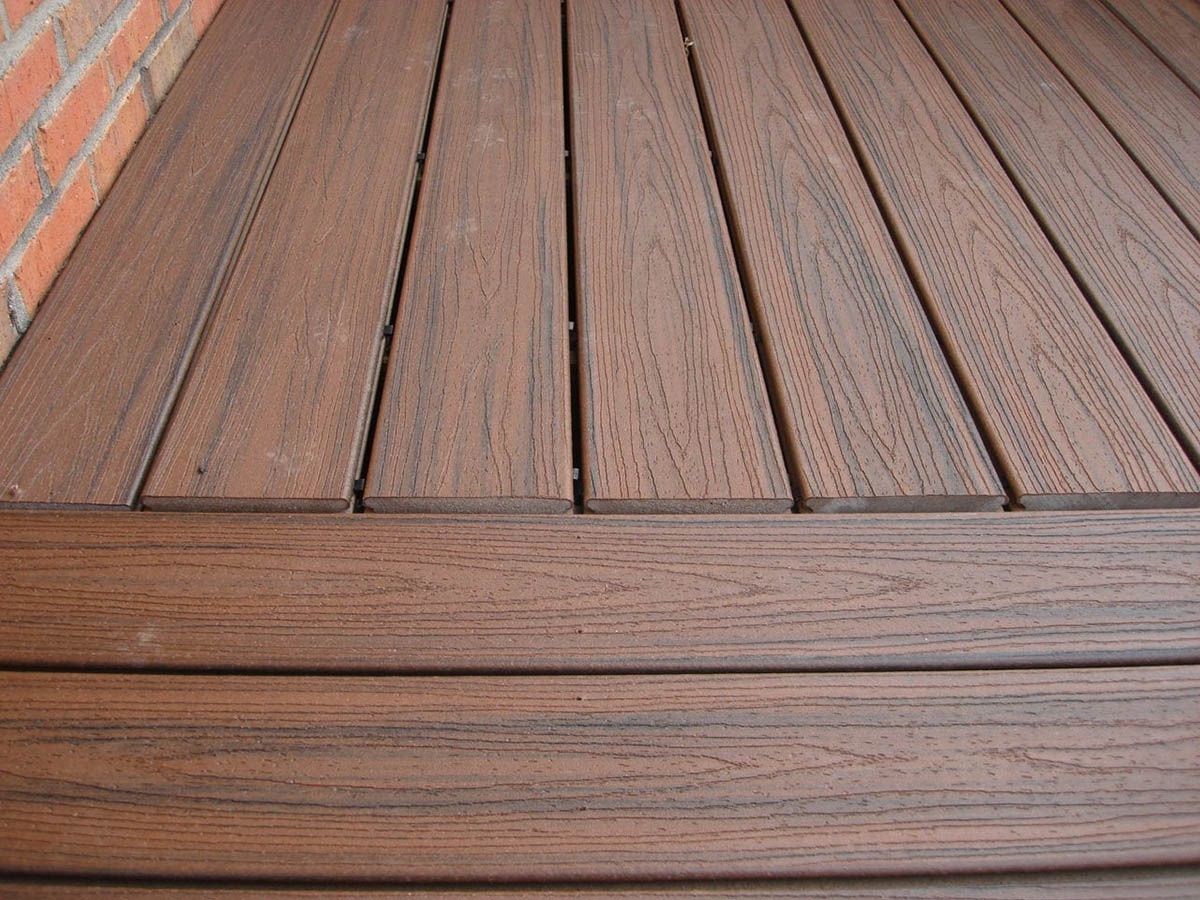
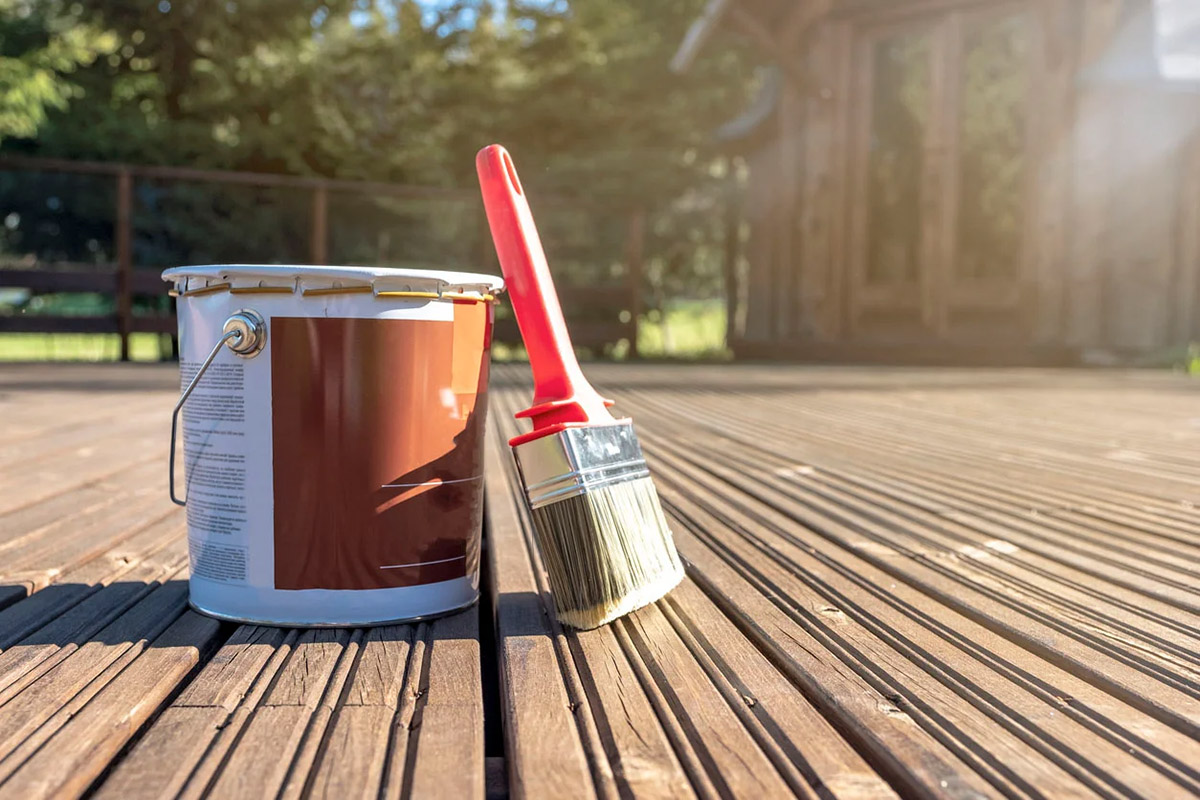
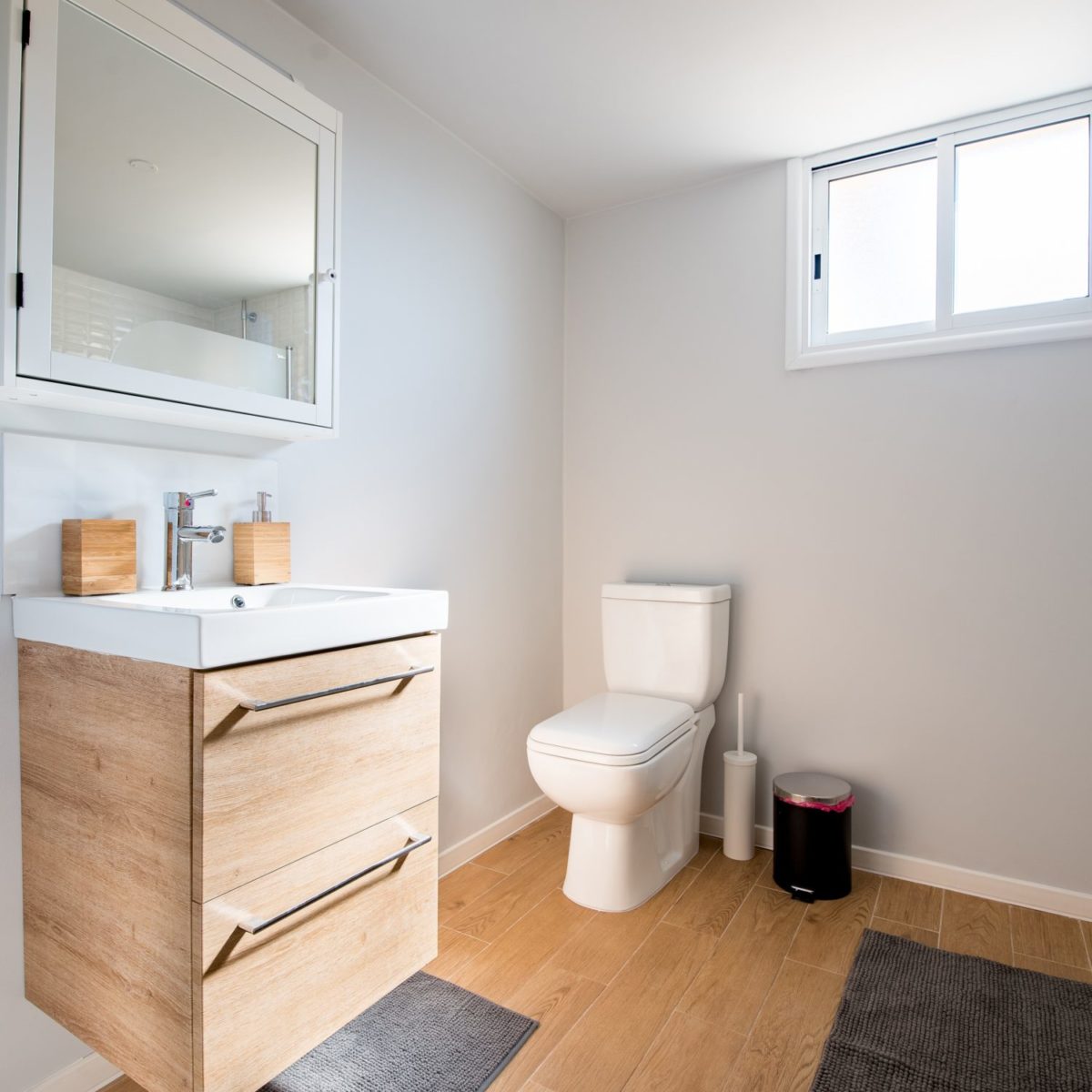
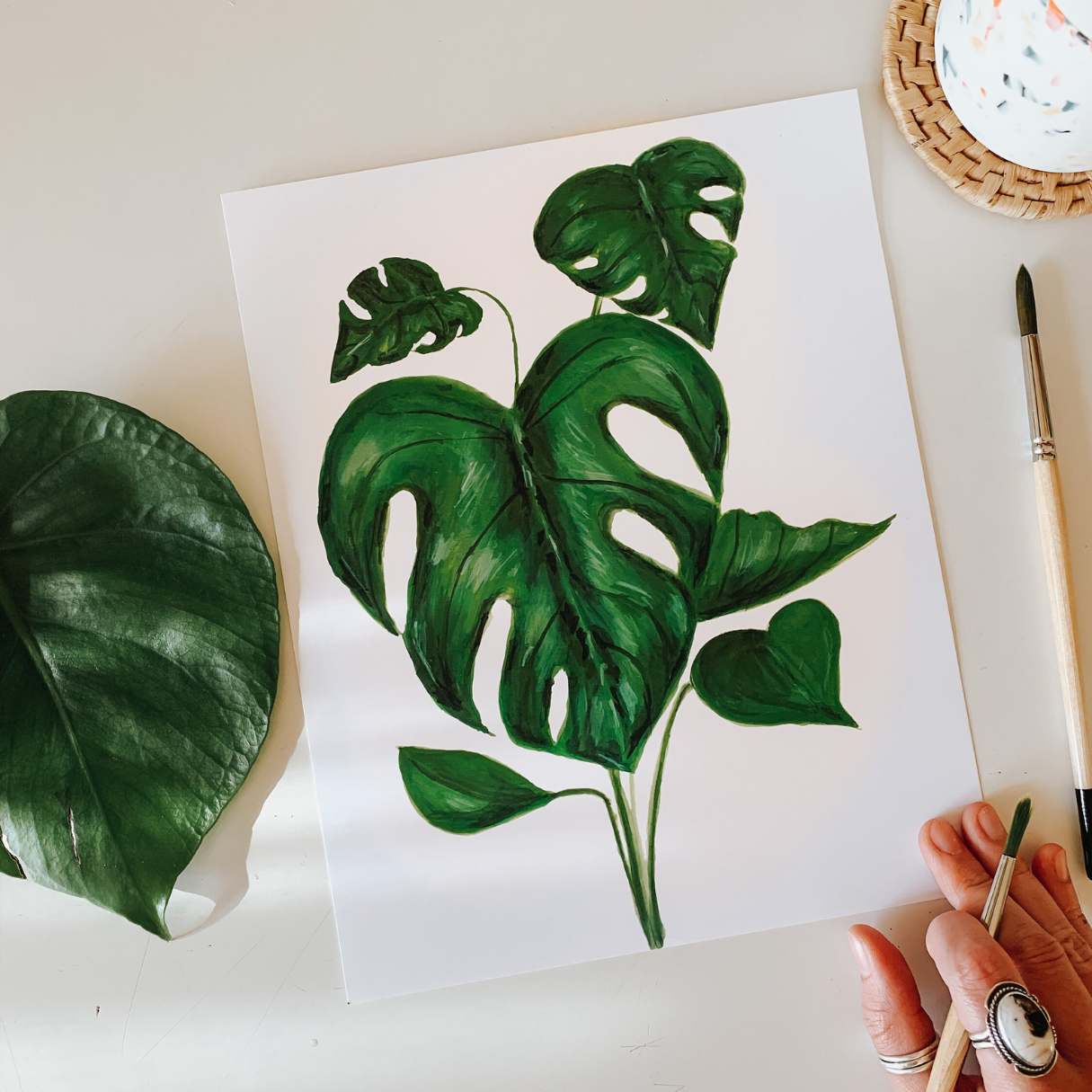
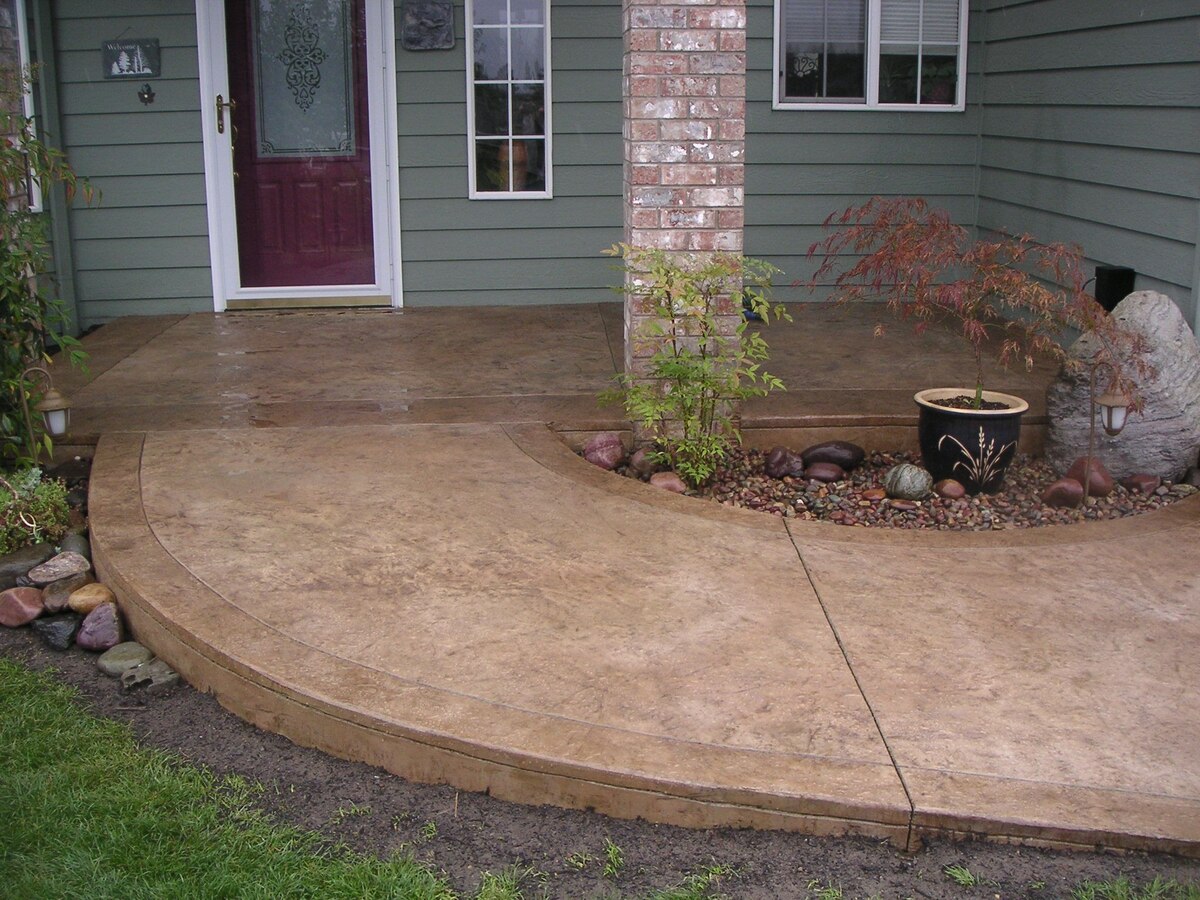
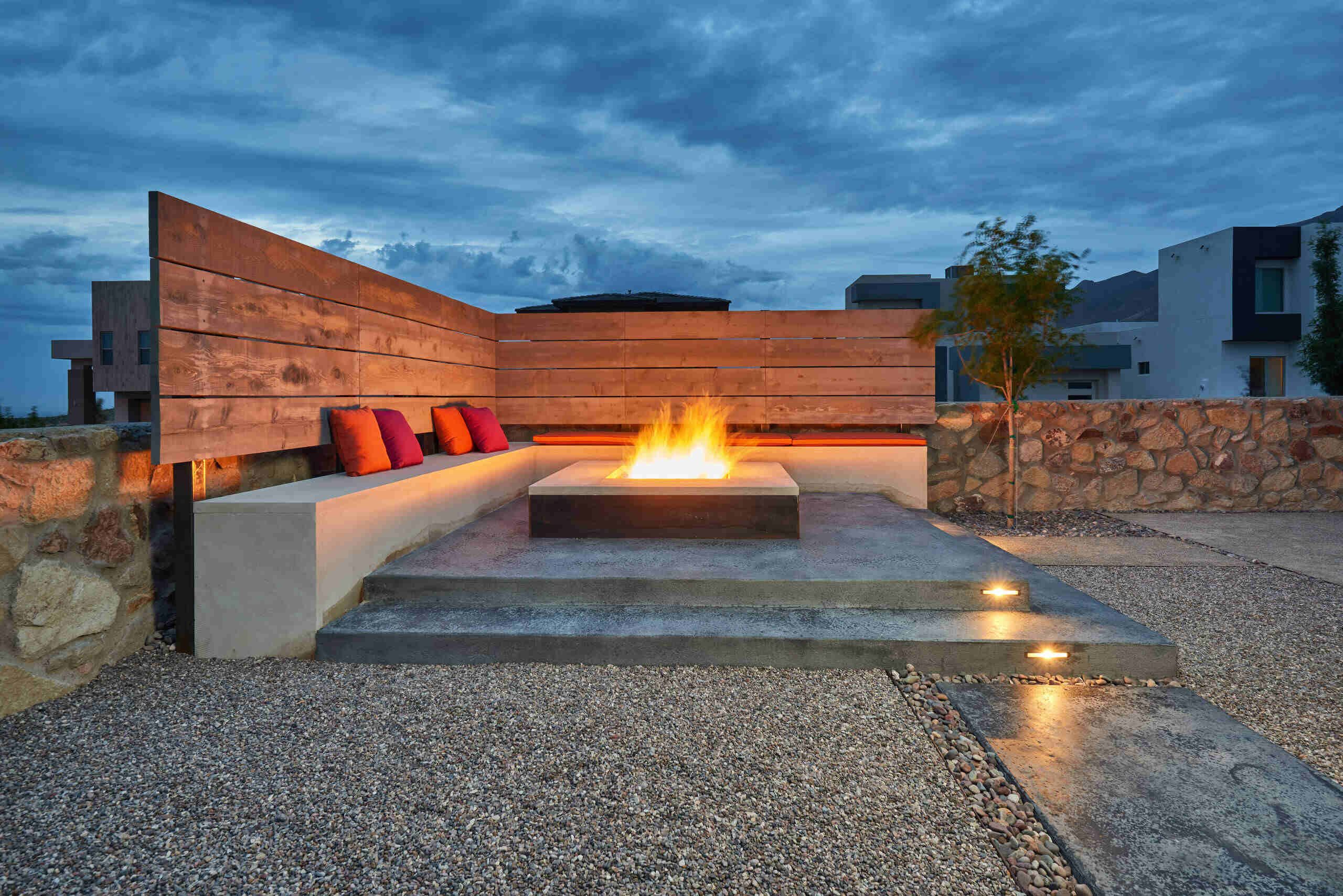
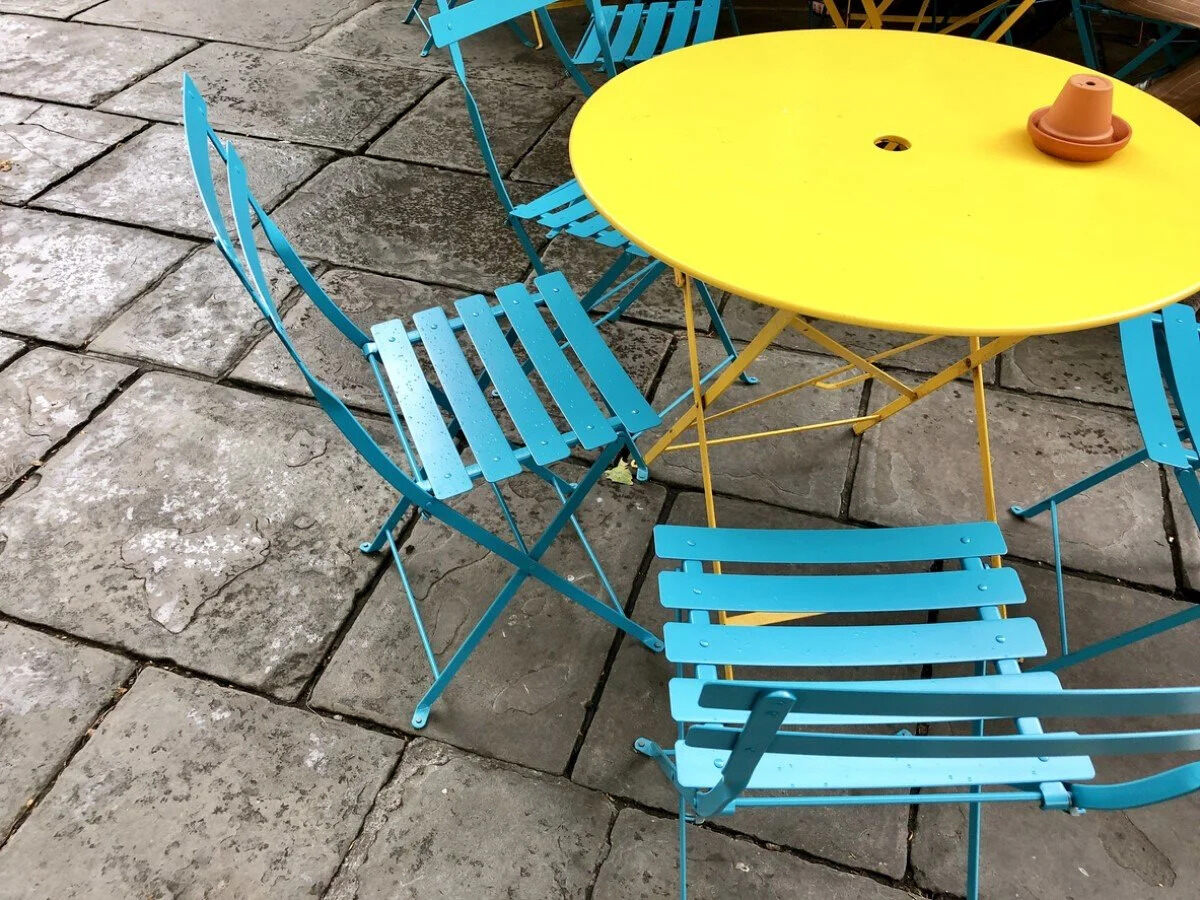

0 thoughts on “How To Digitally Paint Grass”